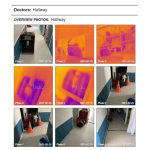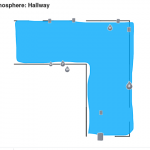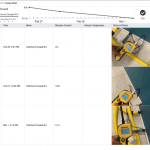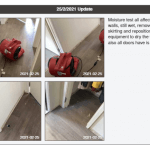Your property is wet and water damaged. We are here to help.
We think of you and your property first.
Here's why ...
When floods occur, water spreads between rooms and soaks into materials like carpet, concrete, timber, and plasterboard. Each property reacts differently to water damage based on construction type, materials, and how long water has been present without drying equipment.
To prevent secondary damage like mould and microbial growth, which can harm the building and occupants’ health, it’s essential to dry the property using warm, dry, filtered air. Harmful growth can start within 48 hours under the right conditions and often becomes evident months later, potentially voiding insurance coverage due to gradual damage.
Accurate moisture assessment requires penetrative moisture meters to measure material and structural dampness. Trust us to protect your property and health with expert care.
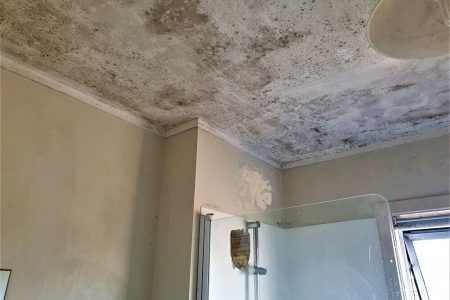
When our equipment is on site here is what you need to know
We create an environment perfect for drying your water-damaged materials without the need for expensive and time-consuming building work. To extract the water from the material, we need the air to be warm and dry. The air may now be distracting and uncomfortable for you. If you do not have to use the room to live on the property, it will not be a problem. If it is in the living spaces that you need access to all the time, speak to your insurance company about options.
Repositioning, turning off the machines, or opening windows and doors will negatively impact the environment we have created in the rooms; this will lengthen the time it takes to dry the property.
Please call us if anything needs to be moved or switched off for any reason.
Your safety is the most important thing
Electrical – We use power for all of our drying equipment; therefore, there may be many electrical leads and power boxes in the property. If you have children, you will need to ensure they are safe to be around the equipment and do not touch anything.
Water – Following the flood, there may be wet areas and carpet, which means that slipping could be an issue. Please take care and use mats or towels to dry your feet if moving between carpeted and hard flooring surfaces.
Air Quality – Our dehumidifiers and air scrubbers are filtered, providing clean air for you. However, the temperatures can get unnaturally warm and dry. It can be disturbing to some people near the affected areas.
Noise – The equipment can be pretty noisy, especially when trying to sleep.
NB: If this affects your ability to live in the property, it would be a good idea to speak to your insurance about your options
Equipment
Dehumidifier
The dehumidifier’s purpose is to take moisture lifted by the air movers out of the air, making the air very dry and warm, which is essential for drying your property.
The moisture removed is drained by hoses that we will run to your sinks, toilets, baths or showers. These must remain where we put them.
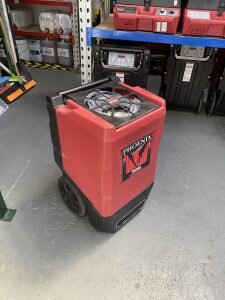
Airmover
The air mover is responsible for lifting moisture off wet surfaces and suspending it into the air for the dehumidifier to remove.
The dehumidifiers and air mover work together to dry quickly.
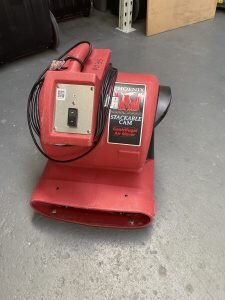
Air Scrubber
From the moment the water damage occurs, microbial levels start to increase. The air scrubber’s job is to catch these and remove them from your affected air, improving your air quality.
Although not always necessary, we assess this on a case by case basis.
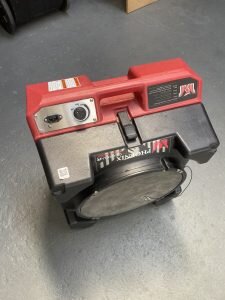
Specialised Equipment
At times we may have to install specialist equipment to save your property from the effects of water damage.
If you wish to know more about the equipment used on your property, please contact us.
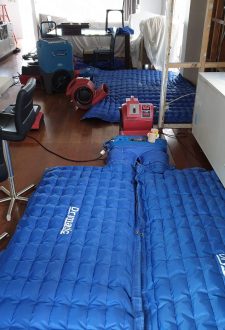
Other important information
Demolition
We may have to dispose of some materials to dry better, remove non-salvageable or contaminated materials that have been water damaged. We train to IICRC standards, and insurance companies trust us to make these decisions in all stakeholders’ best interest. We may ask that you approve the removal of these items and sign off on them. We back this up with reports to document and justify our decisions.
We prefer to restore more than we demolish, saving you and the insurance company time and money.
Reporting
We offer one of the most modern and technical reports on the market, giving all stakeholders complete transparency to see all relevant information. Please share this report with your insurance company to allow them to process your claim as fast as possible.

